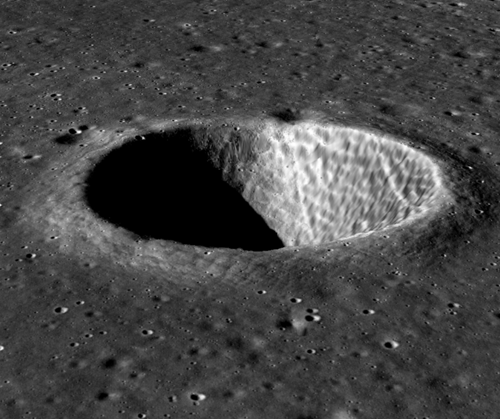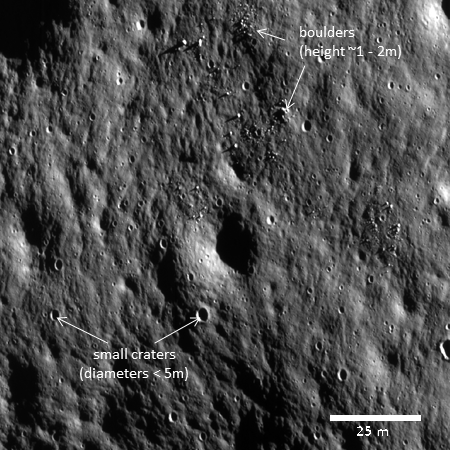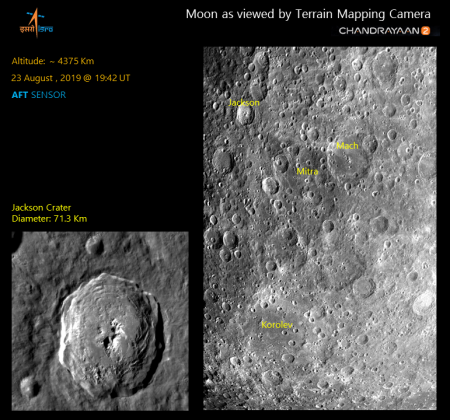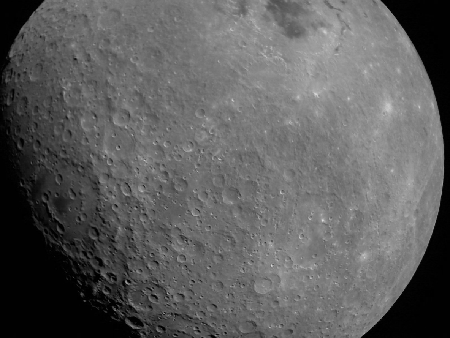India aims for about a dozen launches in 2020
The new colonial movement: India’s space agency ISRO is targeting about about a dozen launches in 2020, including the first unmanned test flight of its manned capsule Gaganyaan, the first flight of its smallsat SSLV rocket, and the first test flights of a reusable rocket, the first stage landing vertically and the second stage returning like a space shuttle.
Of these I estimate about seven are orbital flights.
Based on the last few years, this prediction by ISRO is likely high. They tend to over-predict what they will accomplish each year. This isn’t necessarily bad, as it forces them to accelerate their work rather than allowing it to drag on endlessly.
The new colonial movement: India’s space agency ISRO is targeting about about a dozen launches in 2020, including the first unmanned test flight of its manned capsule Gaganyaan, the first flight of its smallsat SSLV rocket, and the first test flights of a reusable rocket, the first stage landing vertically and the second stage returning like a space shuttle.
Of these I estimate about seven are orbital flights.
Based on the last few years, this prediction by ISRO is likely high. They tend to over-predict what they will accomplish each year. This isn’t necessarily bad, as it forces them to accelerate their work rather than allowing it to drag on endlessly.








